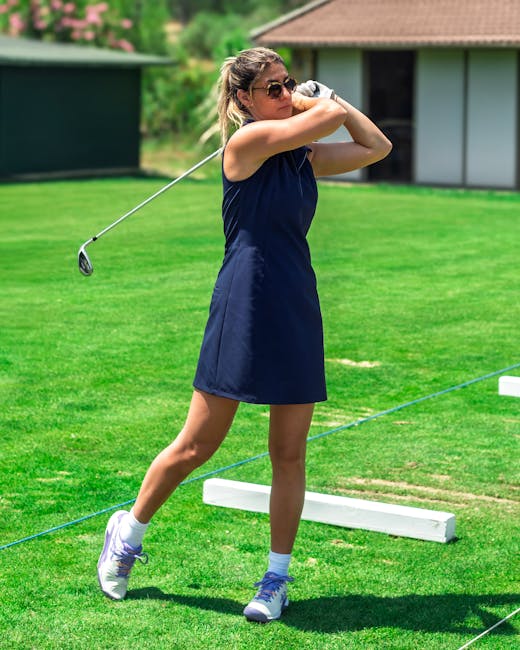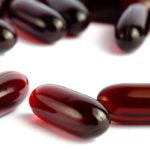The Ultimate Guide to Fitness Gloves
Finding the right pair of fitness gloves can significantly enhance your workout experience, protecting your hands and improving your grip. However, with a vast array of options available, navigating the market can feel overwhelming. This guide breaks down everything you need to know to choose the perfect pair.
Understanding Your Fitness Needs:
Before diving into specific features, consider your workout style. Different activities demand different glove characteristics.
-
Weightlifting: Weightlifting gloves prioritize wrist support and palm protection against calluses and blisters. They’re often thicker and sturdier, with reinforced padding and secure wrist straps.
-
Calisthenics: For bodyweight exercises like pull-ups and dips, you need gloves that offer a balance of grip and breathability. Thinner gloves with minimal padding are preferable to avoid hindering your range of motion.
-
CrossFit: CrossFit demands versatility. Gloves should be durable enough for heavy lifting but breathable enough for cardio exercises like rowing and running. Look for a balance of protection and flexibility.
-
Cycling: Cycling gloves are specifically designed for gripping handlebars and absorbing vibrations. They prioritize padding in the palm and fingers, often with gel inserts for comfort. While not strictly “fitness gloves,” they fall under the umbrella of hand protection during exercise.
Key Features to Consider:
Choosing the right fitness gloves involves understanding several key features:
-
Material: Common materials include leather, synthetic leather (often polyurethane), nylon, and neoprene. Leather offers durability and excellent grip, but it’s less breathable and requires more maintenance. Synthetic leather provides a good balance of durability, breathability, and affordability. Nylon and neoprene are often used for added breathability and flexibility, typically in lighter-weight gloves.
-
Padding: Padding protects your hands from calluses, blisters, and impact. The amount of padding varies depending on the glove’s intended use. Weightlifting gloves typically have thicker padding, while calisthenics gloves often have minimal padding. Gel padding offers superior shock absorption.
-
Wrist Support: Wrist straps are crucial for weightlifting and other high-impact activities. They provide stability and reduce the risk of wrist injuries. Look for adjustable straps for a customizable fit. Consider the strap material; some offer more support than others. Features like velcro closures ensure a secure and adjustable fit.
-
Breathability: Breathability is essential to prevent sweaty hands and discomfort. Mesh panels and perforated materials are designed to improve airflow. This is especially important during high-intensity workouts.
-
Grip: A good grip is paramount for any fitness activity. The material and texture of the palm play a significant role in grip enhancement. Some gloves feature silicone or textured grips for improved traction.
-
Fit: Proper fit is crucial for comfort and performance. Gloves that are too tight can restrict blood flow and cause discomfort, while gloves that are too loose can slip and reduce grip. Measure your hand circumference and refer to the manufacturer’s sizing chart.
-
Durability: The durability of fitness gloves depends on the materials used and the construction quality. Reinforced stitching and durable materials contribute to a longer lifespan. Consider the frequency and intensity of your workouts when assessing durability needs.
-
Seams: Seams should be well-constructed and reinforced to withstand wear and tear. Look for gloves with flatlock or other durable stitching techniques to minimize irritation.
Types of Fitness Gloves:
Several types of fitness gloves cater to specific needs:
-
Full-Finger Gloves: Offer complete hand protection, ideal for weightlifting and other high-impact activities.
-
Half-Finger Gloves: Provide protection for the palm while leaving the fingers free for increased dexterity and sensitivity. Suitable for calisthenics and activities requiring a better grip on the bar.
-
Fingerless Gloves: Similar to half-finger gloves, offering palm protection without restricting fingers, often with wrist straps.
-
Weightlifting Gloves: Typically thicker, with more padding and wrist support.
-
Gymnastics Gloves: Designed for grip and dexterity, often made of thin, durable materials.
Maintaining Your Fitness Gloves:
Proper care extends the life of your fitness gloves:
-
Cleaning: After each use, wipe down your gloves with a damp cloth to remove sweat and dirt. Avoid submerging them in water unless specifically instructed by the manufacturer.
-
Drying: Allow your gloves to air dry completely before storing them. Avoid using heat or direct sunlight, which can damage the materials.
-
Storage: Store your gloves in a cool, dry place to prevent mildew and deterioration.
Choosing the Right Gloves for Your Budget:
Fitness gloves range in price from budget-friendly options to high-end models. Consider your budget and prioritize features that align with your workout needs. More expensive gloves often use higher-quality materials and offer superior durability and comfort, but budget-friendly options can still provide adequate protection.
Finding the Best Fit: A Step-by-Step Guide:
- Identify your workout: Determine the primary activities you’ll use the gloves for.
- Consider key features: Prioritize features like padding, wrist support, breathability, and grip based on your workout.
- Read reviews: Check online reviews to get feedback from other users.
- Measure your hand: Use a tape measure to determine your hand circumference.
- Compare options: Compare different models based on your needs and budget.
- Try them on (if possible): If purchasing in-store, try on different pairs to find the best fit.
By carefully considering these factors, you can choose fitness gloves that enhance your workout experience and protect your hands for years to come. Remember to prioritize comfort and proper fit for optimal performance and injury prevention.





